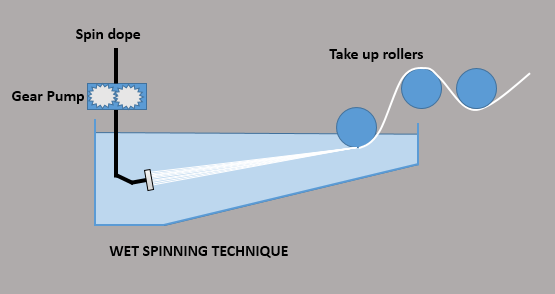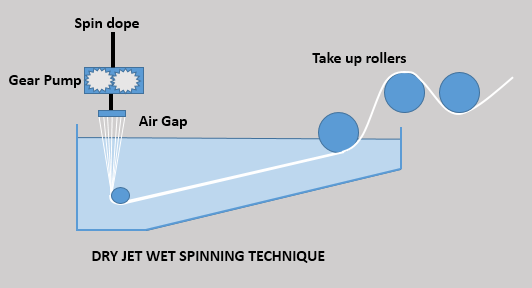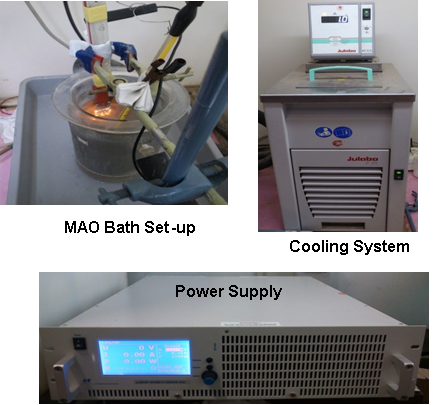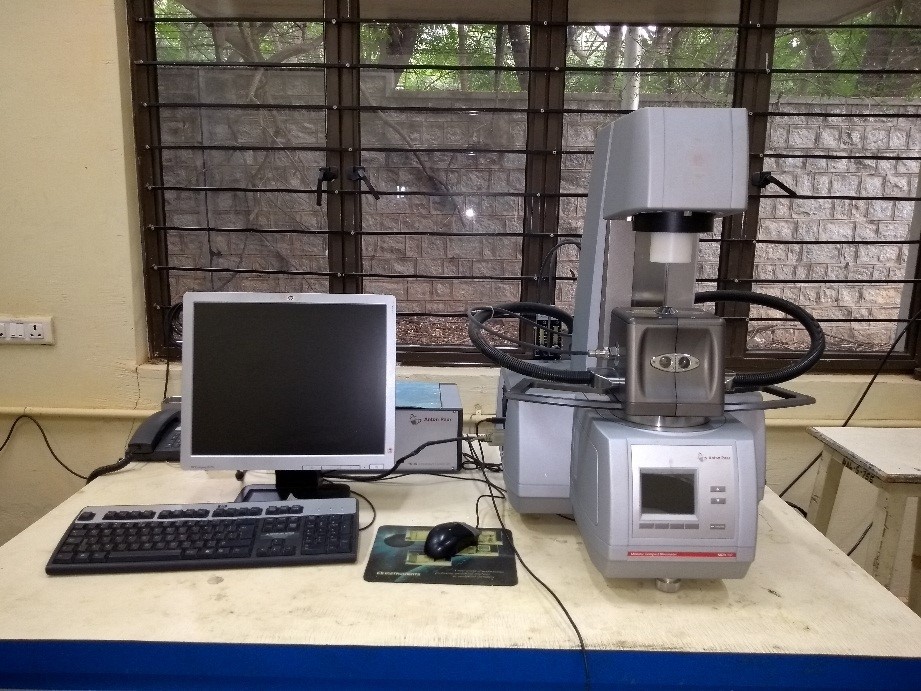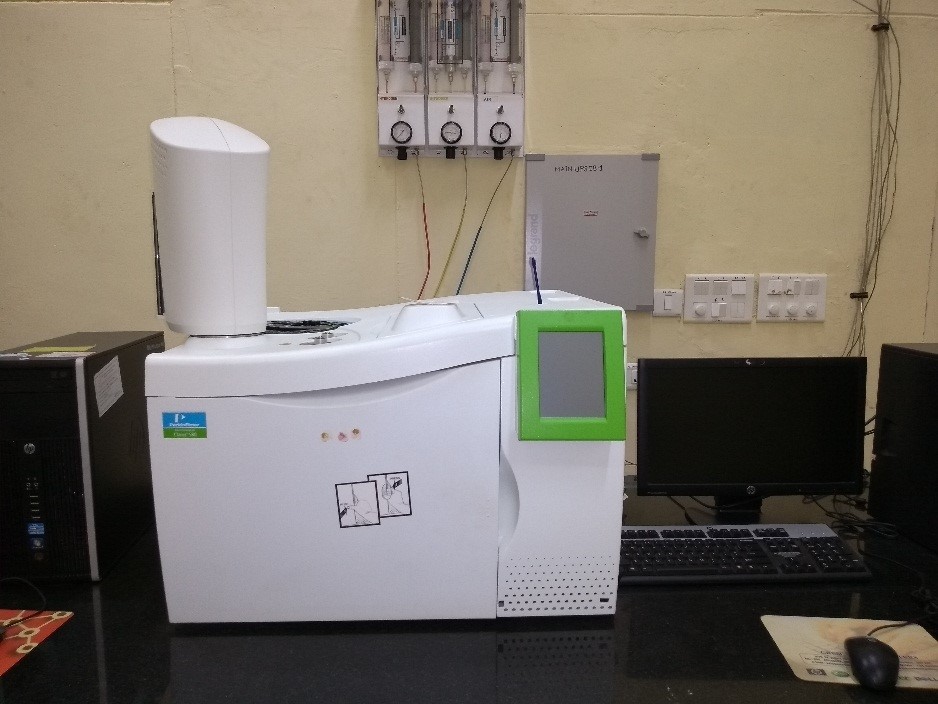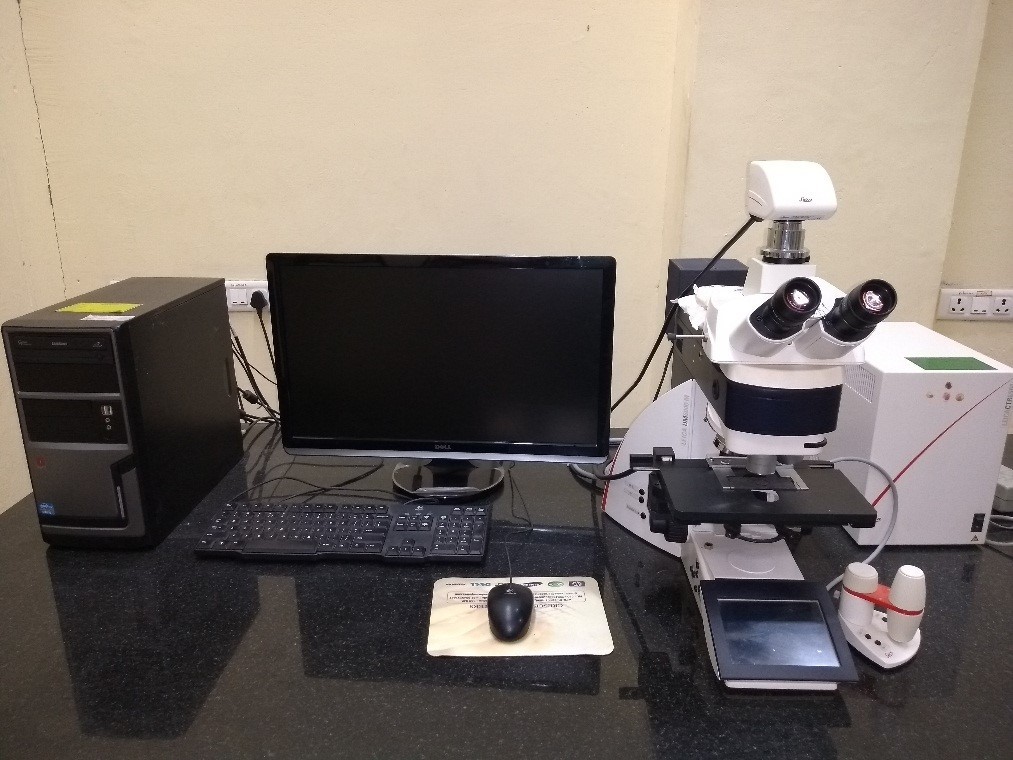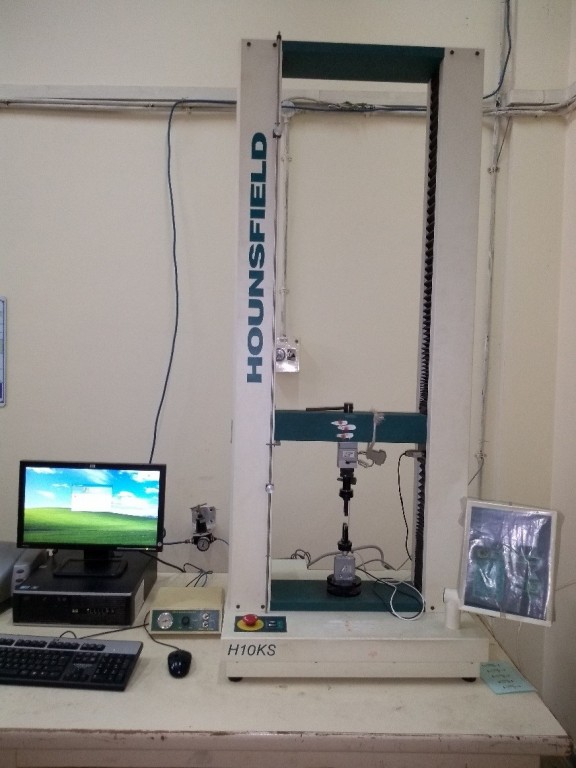
TITRIMETRIC ANALYSIS
Titrimetric analysis is a method of analysis in which a solution of the substance being determined is treated with a solution of a suitable reagent of exactly known concentration. The reagent is added to the substance until the amount added is equivalent to the amount of substance to be determined. The equipment used in this analysis are
- Karl-Fischer titrator
- Auto titrator
- Karl-Fischer titrator
A classic method in analytical chemistry that uses coulometric or volumetric to determine trace amounts of water in a sample. The Karl Fischer titration is based on an iodine / iodide reaction. The water reacts with iodine. The endpoint of the titration is reached when all the water is consumed. The process uses an organic base (B), sulphur dioxide, iodine and an alcohol. The original Karl Fischer method used pyridine or imidazole as organic base and methanol or ethanol as alcohol.
Facilities where this technique is used:
This is used to determine the amount of moisture present in the raw materials used for polymerization and spinning. If the moisture content is above certain critical value it is detrimental. It is also used to determine the composition of various baths solution used for fiber stretching in spinning.
- Auto titrator
The basic of the titration is the following: A solution - a so called titrant or standard solution - is added to sample to be analyzed. Auto titrator model “Mayura AutoTitrator HP77” consists basically of an electric burette, a sensor whose signal is amplified with a preamplifier and a computer. During a titration, the titrator measures the signal of the sensor and uses this information to control the addition of the titrant with the electric burette. Once the endpoint is reached, the computer calculates the volume of titrant added and converts this value to a result based on formulas. The formulas needed for this calculation can be programmed and depend on type of analysis.
Facilities where this technique is used: Acrylonitrile polymerization facility (F1), Fiber spinning facility (F2).
The assay of solution used for polymerization is determined by this method. The recipe for polymerization depends on this assay property. The concentration of the surface treatment electrolyte is determined by this method; this is very critical for the surface itching of the carbon fiber.

 English
English हिन्दी
हिन्दी

